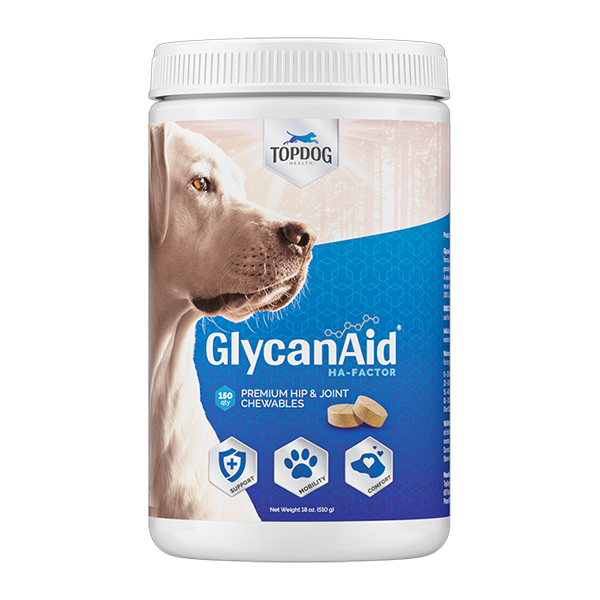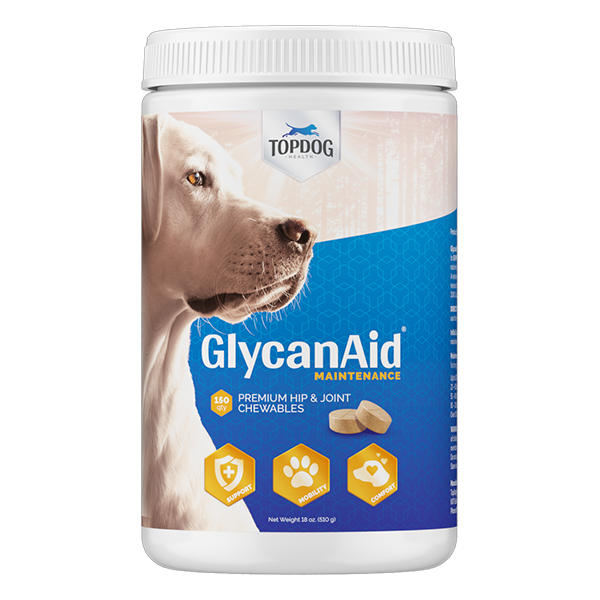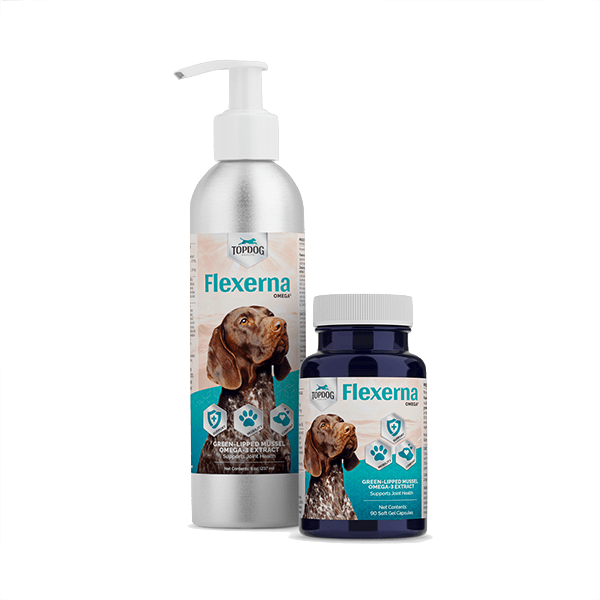You’re doing an amazing job! By now, your dog is gaining confidence in using their surgically repaired leg, but we’re also entering a critical phase of recovery. This week, we’ll focus on understanding physical compensation, stepping into your role as your dog’s personal trainer, and mastering the Sit-to-Stand exercise—a game-changer for muscle rebuilding.
Let’s keep this momentum going!




